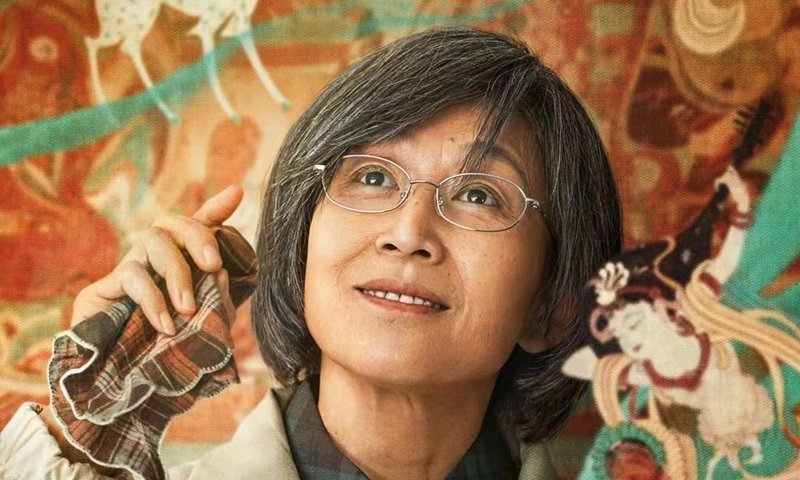The recent film “Great Love Dunhuang,” a semi-documentary centered on Fan Jinshi, the Honorary President of the Dunhuang Academy, has cast a spotlight on a significant historical figure: Qing Dynasty Taoist abbot Wang Yuanlu, the caretaker of the Mogao Caves at Dunhuang, a UNESCO World Heritage site in Northwest China’s Gansu Province. Wang is credited with discovering the Library Cave at the site, a treasure trove of over 50,000 items dating from the 4th to the 11th century. Unfortunately, only 30% of these relics remain in China today.
The narrative of the Library Cave’s discovery and subsequent dispersal of its contents involves British explorer Marc Aurel Stein. Stein, the first foreigner to acquire a substantial portion of manuscripts, paintings, textiles, and prints from Wang, did so deceitfully, claiming to be an envoy from the West. While some view Stein as a thief, it’s important to acknowledge his background as a highly educated scholar who exploited his knowledge for personal gain in China.
Professor Wang Jiqing of Lanzhou University has noted that Stein smuggled over 370 bundles of items from the site in 1907, later transporting these unlawfully acquired relics to the UK. Today, these artifacts are primarily housed in the British Museum, the British Library, and the V&A Museum in London.
While contemporary British cultural heritage professionals have dedicated efforts to preserving some of these artifacts, the overall treatment of items from China in foreign collections is often inadequate. Many are relegated to less prominent positions, lacking the attention they merit. Recent events, such as the theft of around 2,000 artifacts from the British Museum, have reignited Chinese calls for the return of these items, arguing that they can no longer be adequately cared for overseas.
In contrast, Aoyama Keiji, son of Japanese calligrapher Aoyama Sanu, has set a commendable precedent. He returned part of a long scroll his father preserved to the Dunhuang Academy, following his father’s last wishes. The scroll, a government tally book from the late Tang Dynasty, was once torn into three parts. With Aoyama’s return of the middle section, new insights emerged, including annotations of the Diamond Sutra on the reverse side, dating back to the Tang Dynasty.
Aoyama’s action underscores the potential for cultural restitution when individuals recognize the significance of returning artifacts to their origins. Items that might not be adequately safeguarded by institutions like the British Museum could be better protected and valued in China. The holistic return of scattered relics to their original locations not only respects academic research but also contributes to a more complete understanding of history.
The conversation surrounding the return of cultural heritage transcends national boundaries. It is not only China but also countries like Egypt, Syria, and Greece that are calling for the return of relics looted or illegally acquired by colonial powers. This global dialogue reflects a growing awareness and need for cultural restitution, prompting nations to revisit their historical collections and engage in diplomatic discussions about the origins and rightful ownership of these artifacts.
The journey toward cultural restitution is complex, involving legal, historical, and diplomatic considerations. However, it is a necessary path toward healing historical wounds and promoting a shared respect for humanity’s diverse cultural heritage. The case of the Dunhuang artifacts and Stein’s acquisitions calls for a reflection on the ethics of historical collections and the importance of fostering international understanding and cooperation in preserving and respecting cultural heritage.
READ MORE:
